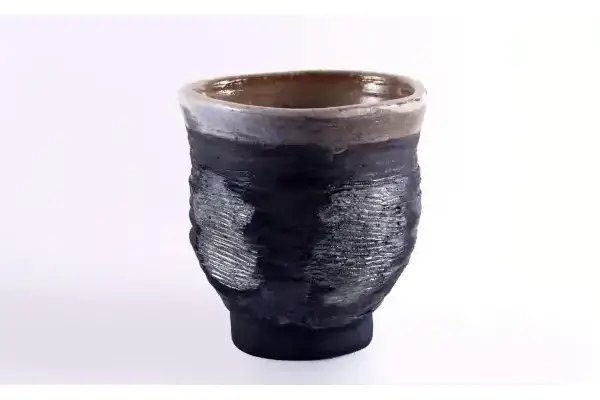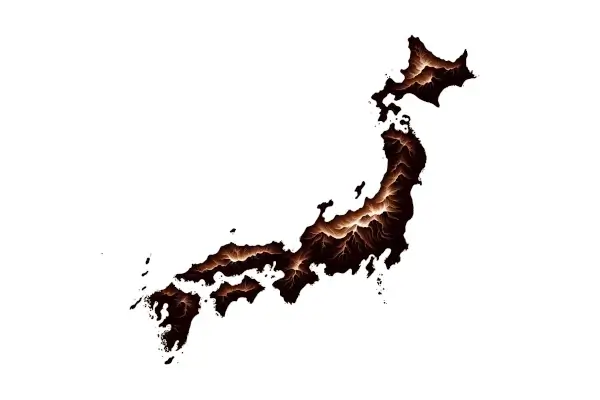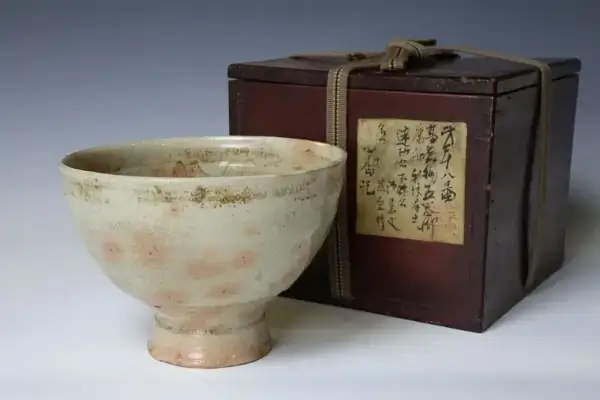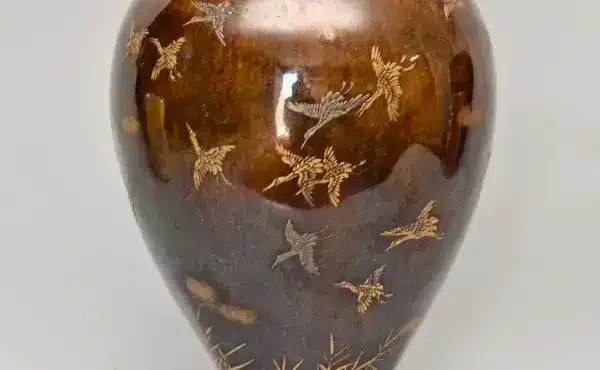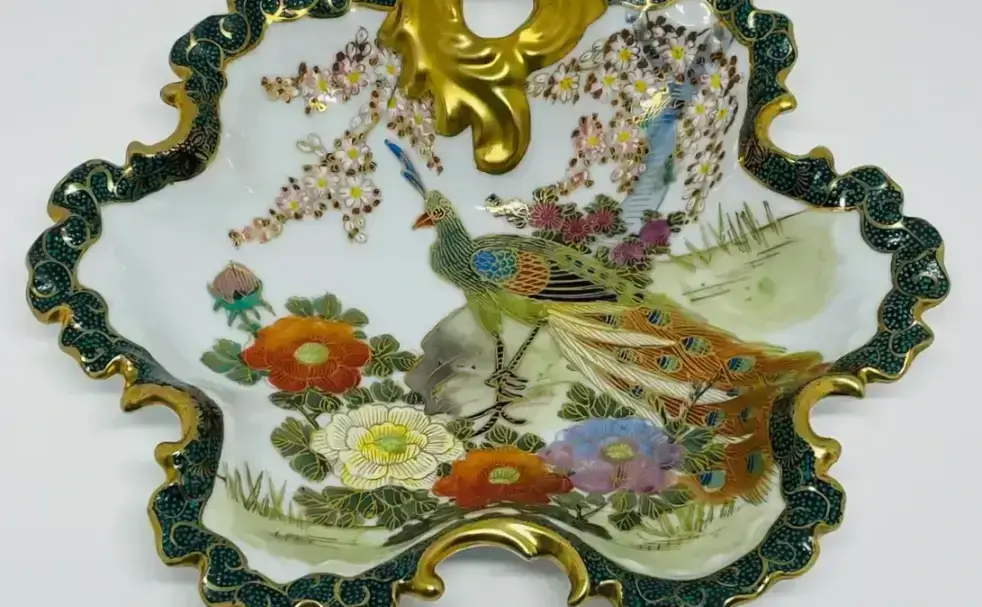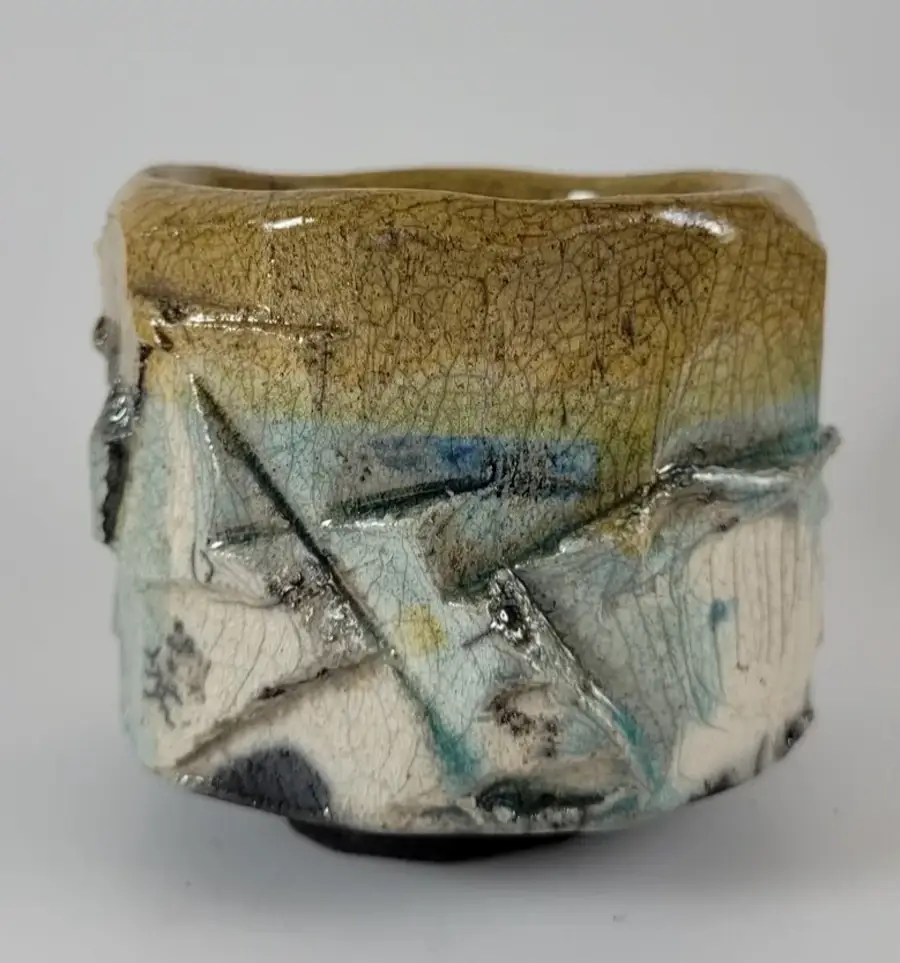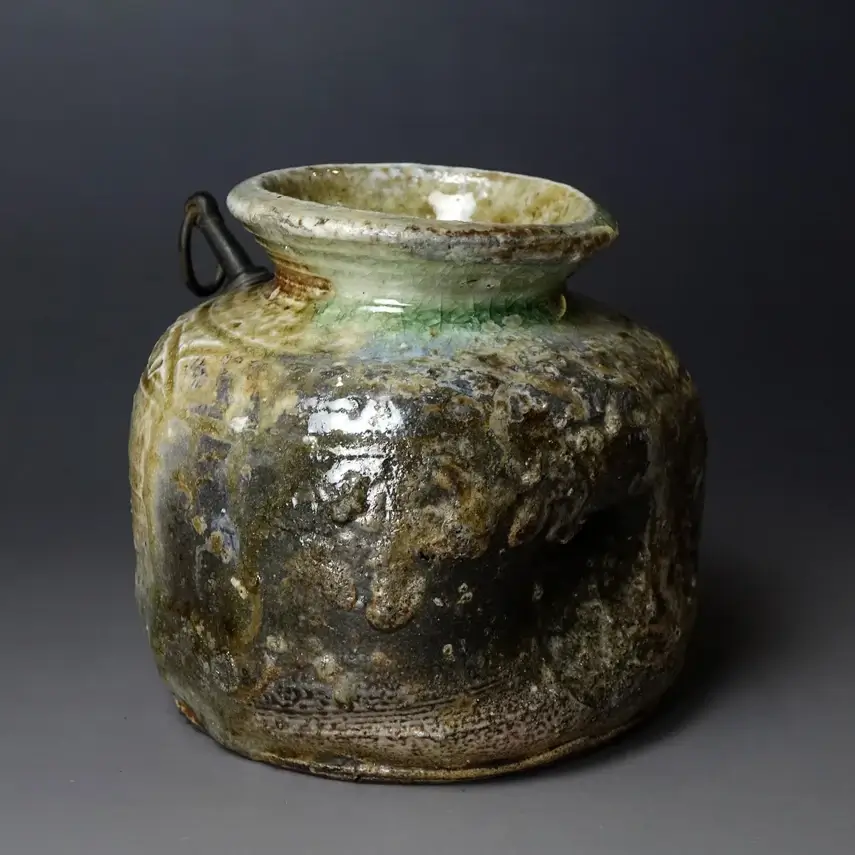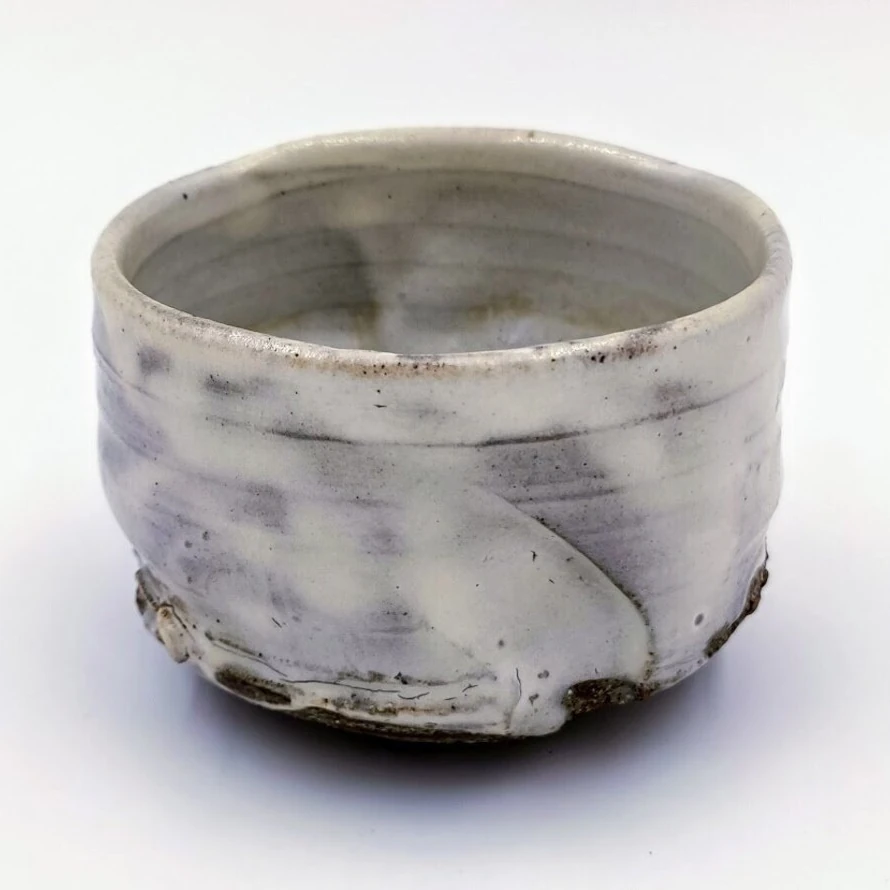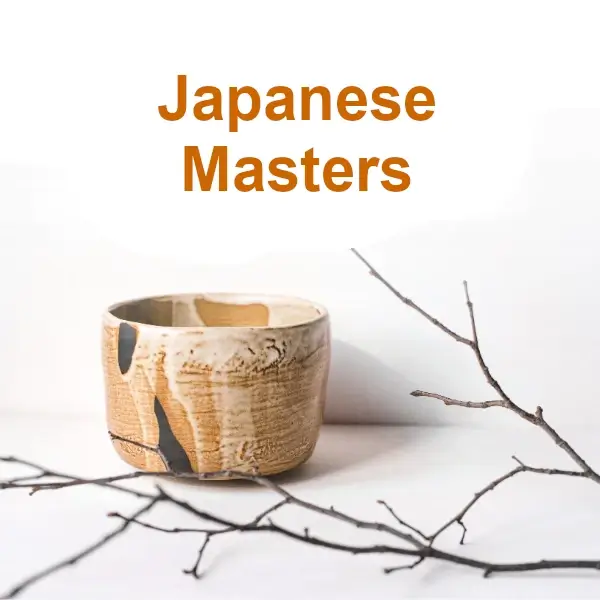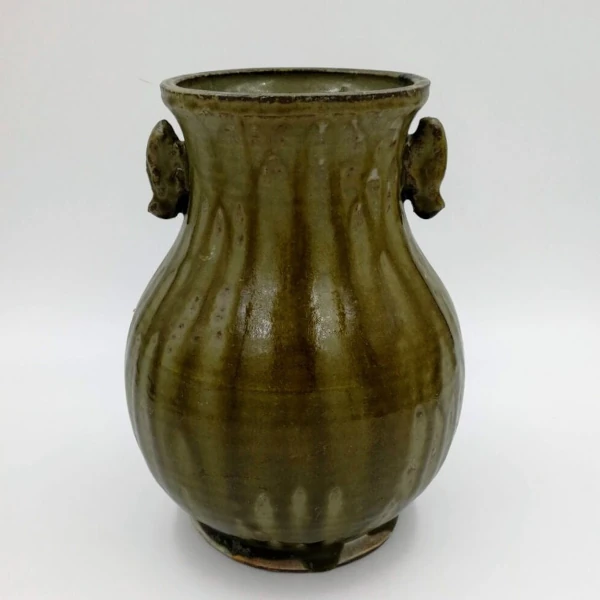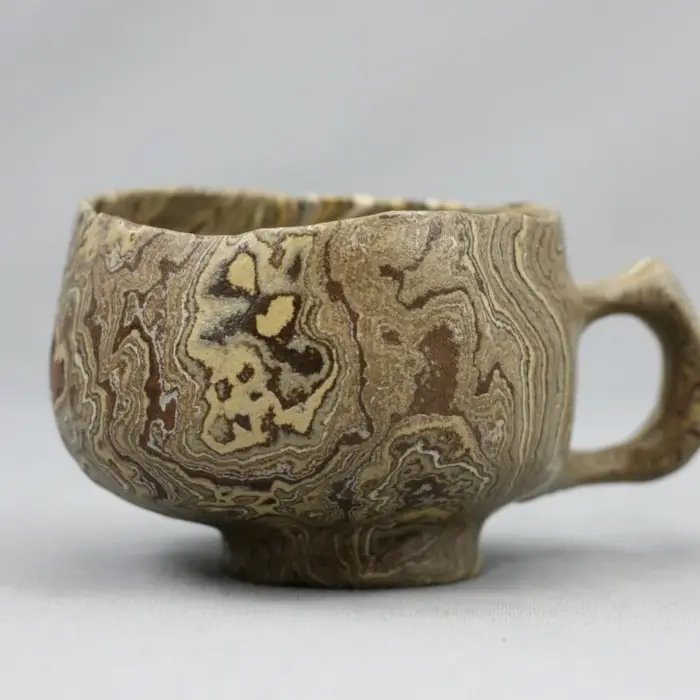The most complete site on Japanese ceramics
We bring you closer to the different traditions and schools, the most representative artistic styles, the most renowned artists and many more curiosities about one of the most beautiful ceramics produced in the world.
Sometimes unknown to the general public and at the same time one of the most influential in contemporary ceramics.
You can find here the most known types of ceramics made in Japan, plus an interactive map with their place of origin. Below is a list of the most famous Japanese master ceramists.
And if you want to learn more, access the most complete blog about Japanese ceramics.
List of types of Japanese ceramics
Here you have the list with the most known types of pottery in Japan, the prefecture where it is located (name given to each geographical jurisdictional area) and some characteristics:
| Ceramic Type | Prefecture | Features |
|---|---|---|
| Kutani | Ishikawa | Known for its intense colors and intricate designs, Kutani often features bird and plant motifs. |
| Yuri-kinsai | Saga | This technique produces a shiny and detailed effect, using gold leaf under the enamel. |
| Shoza | Ishikawa | Kutani style that combines painting techniques with gold and other colors to create detailed pieces. |
| Arita | Saga | Famous for its fine white porcelain, decorated with delicate hand-painted designs. |
| Hagi | Yamaguchi | Distinctive for its texture and subtle color, emphasizing simplicity and naturalness. |
| Karatsu | Saga | Rustic pottery known for its simple decorations and practical shapes. |
| Seto | Aichi | One of the oldest and most diverse, with styles ranging from utilitarian pottery to artistic pieces. |
| Shigaraki | Shiga | Appreciated for its natural finish and distinctive texture, often with fire marks and earthy tones. |
| Bizen | Okayama | Unglazed and with a distinctive reddish color, Bizen is appreciated for its robustness and simple design. |
| Echizen | Fukui | Ancient ceramic tradition known for its robust utility and simple designs. |
| Tamba | Hyogo | He stands out for his high-temperature works with natural enamels ranging from brown to black tones. |
Map of the different Japanese ceramics
Explore theinteractive map of Japanese ceramics
Keep in mind that sometimes many of them were created beyond the specific points marked.
Click hereat the information points, you will find out which type of pottery is native to each area of Japan and learn about its fascinating history.
Each description links to a page dedicated to each type of ceramic for further information.
Enjoy your trip!
- Kutani: It is a fine ceramic developed in Ishikawa Prefecture more than 350 years ago, famous for its elegant designs and use of exceptionally vivid colors made possible by the firing process.
- Yuri-kinsai: It is distinguished by applying gold leaf to the pottery and adding additional glaze. Developed by Sakaeda Kakiemon in the 17th century, it is characterized by its two-color approach with soft black interiors and lighter exteriors. The technique includes two types of gold leaf under the glaze and can require up to six firings to obtain the final product, creating a complex composition and a visually three-dimensional surface.
- Shoza: The Shoza style is a blend of four overlay techniques, producing detailed and colorful pieces.
- Arita: Arita ware, also known as Imari porcelain, is famous for its fine white porcelain decorated with delicate hand-painted designs and is produced in Saga Prefecture.
- Hagi: Hagi ware is characterized by its subtle texture and color, emphasizing simplicity and naturalness. It is produced in Yamaguchi Prefecture.
- Karatsu: It is a rustic ceramic known for its simple decorations and practical shapes, produced in Saga Prefecture.
- Seto: Known for being made in one of six Rokkoyo kilns. It is one of Japan's oldest and most diverse ceramics, with styles ranging from utilitarian pottery to artistic pieces, and is produced in Aichi Prefecture.
- Shigaraki: Prized for its natural finish and distinctive texture, often with fire marks and earthy tones, it is produced in Shiga Prefecture, east of Lake Biwa. It belongs to one of six Rokkoyo kilns.
- Bizen: Characterized by no glaze and a distinctive reddish color, it is prized for its sturdiness and simple design. It belongs to one of the six Rokkoyo kilns in Japan, in Okayama Prefecture.
- Echizen: Echizen belongs to an ancient tradition of pottery known for its utility, robust aesthetics and simple designs. It was one of six Rokkoyo kilns, the ancient kilns of Japan. It is located in Fukui Prefecture.
- Tamba: It is noted for its high-temperature works with natural glazes varying from shades of brown to deep black, and is produced in Hyogo Prefecture. It belongs to one of Japan's six ancient kilns, the Rokkoyo kilns.
- Tokoname: In Aichi Prefecture, it was the largest production area among the mythical Rokkoyo kilns. It specializes in unglazed ware made of red clay called 'Shudei', known for its fine quality and porcelain-like smoothness. Tokoname is famous for its tea utensils.
List of Japanese master ceramists
Through each name in this drop-down list you can reach an article dedicated to the life and work of each artist. You can also access our article that makes a general review of the relevance that these master ceramists from Japan have in the history of Japanese art and the rest of the world.
Blog about Japanese ceramics
The most comprehensive blog on Japanese ceramics
